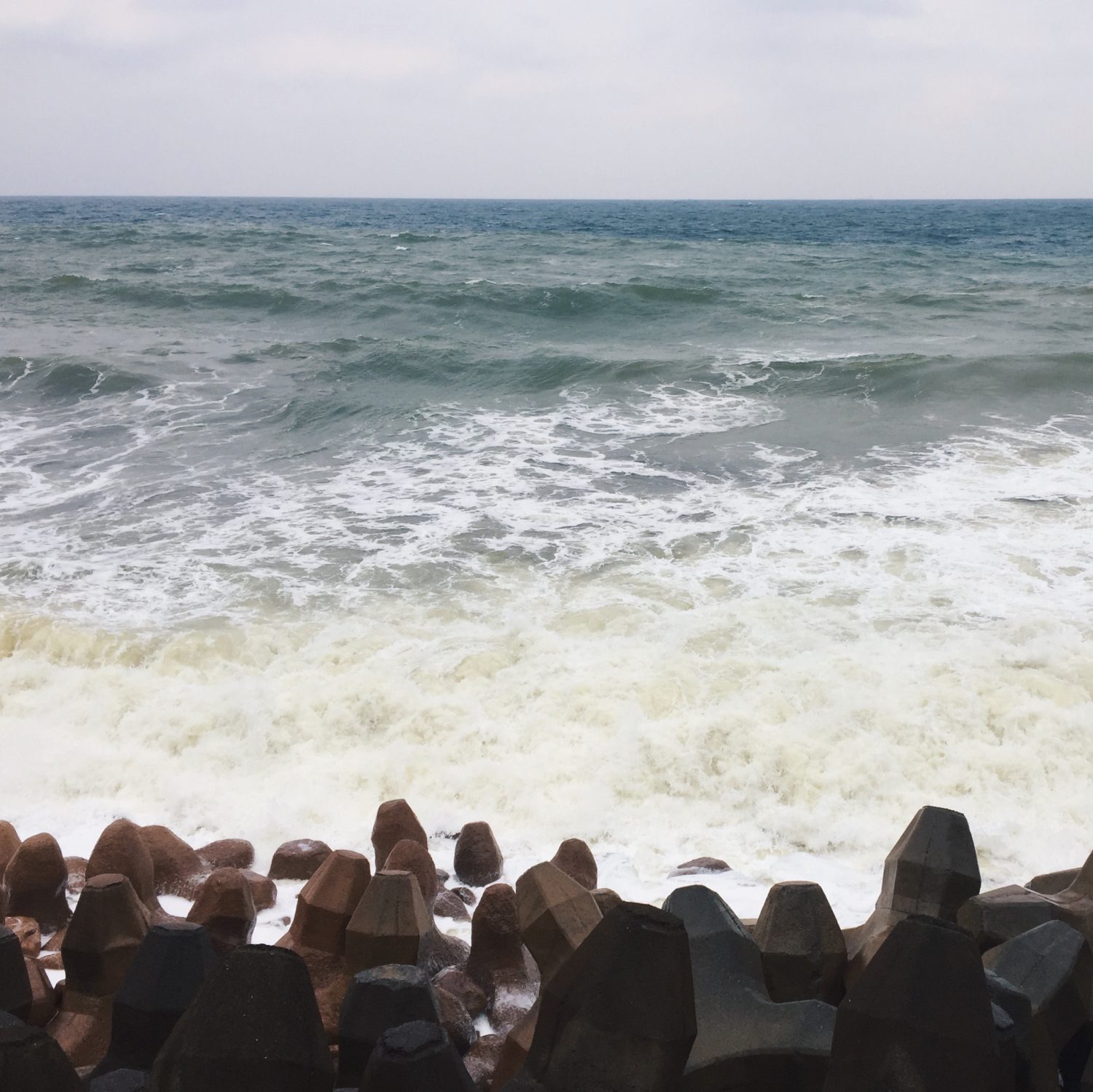Many people know the meaning of surveillance, but not sousveillance. “Sur” means above while “sours” means below. Surveillance is the observation of someone by the higher authority while sousveillance is the observation of someone/something by ordinary people (like us!).
Sousveillance may sound like a complicated term but it is actually commonly practiced by many of us in today’s society. Examples raised in the report include “shoppers photographing shopkeepers” and “taxi-cab passengers photographing cab drivers”. In Singapore’s context, STOMP is an example where people upload videos or photos of others they had recorded themselves. We own many objects that are capable of committing this act, from our smartphones, dashcam, smart watches to smart glasses. Many view this act negatively as it is an invasion of privacy but some argue that this allows the bearer to capture precious yet serendipitous moments in life as the subject does not know that he is being filmed which allows for raw and uncurated moments.
In the context of fine art, sousveillance acts as a tool for recalling an activity and capturing a process. One example of sousveillance art mentioned was light vectors photography. The author held an exhibition of his photographs that showcased his “computer mediated visual experiences”. These photographs were made by overlaying differently illuminated exposures of the same subject matter. The author has also researched, developed and constructed various forms of cyborg jewelry where cameras are implanted into jewelry. The purpose was to act as a personal safety device but many feared that it may end up recording illegal records of establishments or activities.
I personally feel that sousveillance is a unique concept to be incorporated into fine arts, however, it will remain a debatable and controversial topic because of the privacy issues involved.
